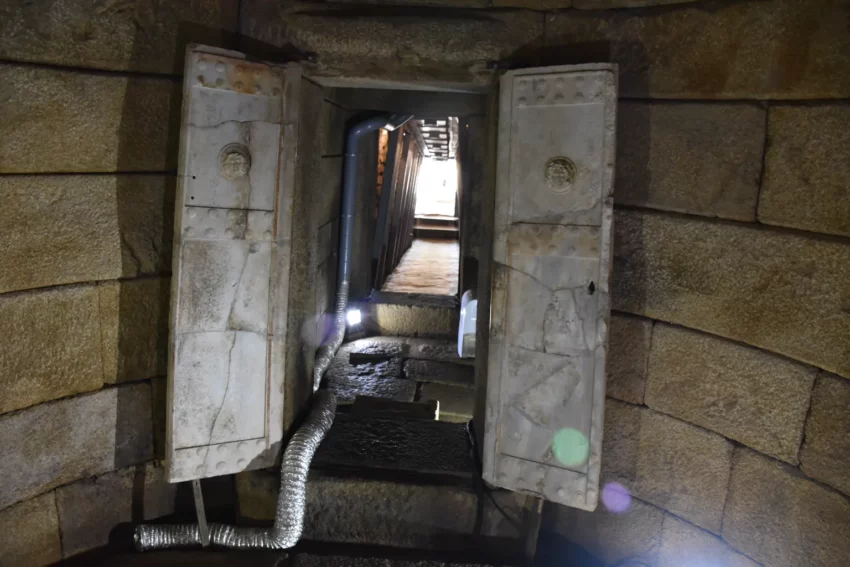The Magnificent Tomb of Seuthes III
The Tomb of Seuthes III, located near Kazanlak, Bulgaria, is one of the most elaborate tombs in the Valley of the Thracian Rulers. Seuthes III, the King of the Odrysian Kingdom of Thrace from around 331 to 300 BC, founded the nearby Thracian city of Seuthopolis. This grand tomb reflects his importance and the richness of Thracian culture.
Get your dose of History via Email
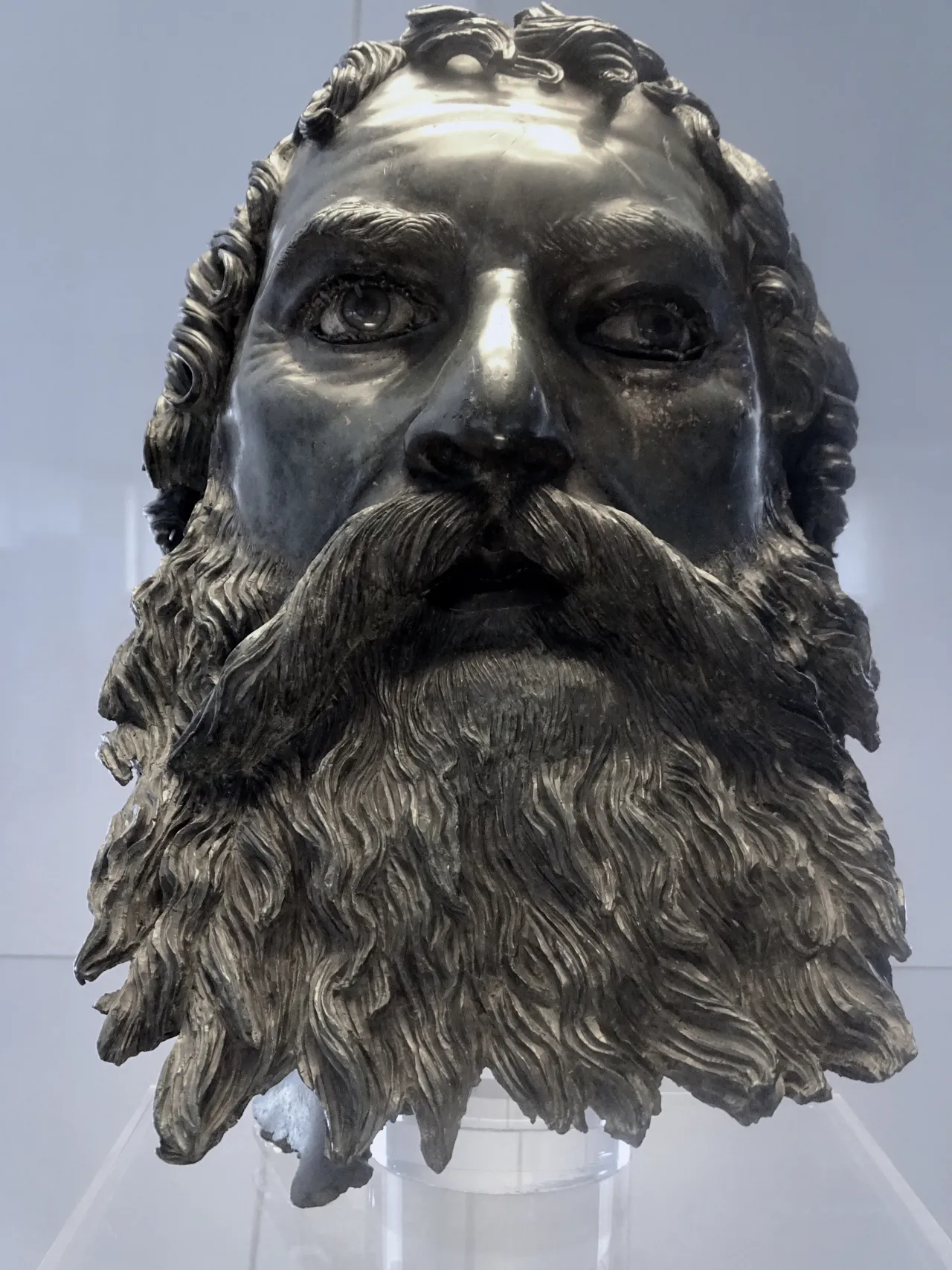
Architectural Splendor
The tomb features a stunning façade, a unique 13-meter-long entry corridor, and three consecutive spacious rooms. The first room, rectangular with a double-pitched roof, held a sacrificed horse. The second room is circular and domed, while the third is carved from a massive stone block, resembling a sarcophagus with a double-pitched cover. Inside, a modeled funeral bed stands as a testament to the grandeur of Thracian burial practices.
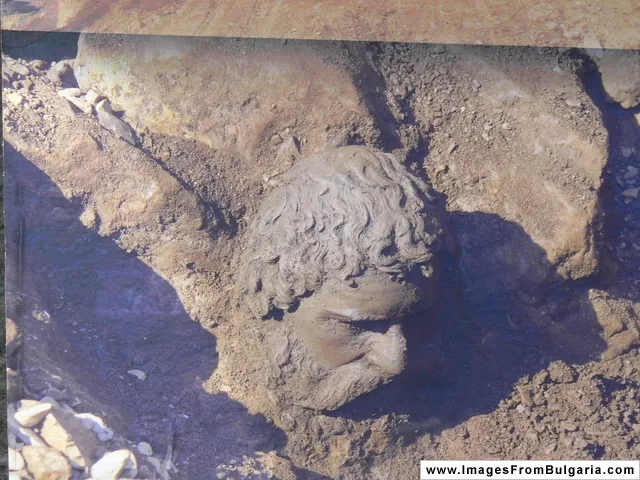
Historical Significance
Originally a monumental temple at Golyama Kosmatka Mound, the site dates back to the second half of the 5th century BC. Around 300 BC, Seuthes III was buried here. The sarcophagus-chamber contained personal belongings necessary for his afterlife, including knee pads, a gilded helmet, leather armor, a large sword, spears, bronze vessels, and three large ceramic amphoras filled with thick Thracian wine. The floor and ritual bed were covered with a carpet woven in gold thread, with the total weight of the gold exceeding one kilogram. Rare artifacts, such as gold appliques for horse halters and rectangular gold objects with figures of warriors, adorned the tomb. A massive circular decoration for the king’s armor, golden vessels for drinking wine, and a remarkable golden wreath with twigs, leaves, and acorns were also found.
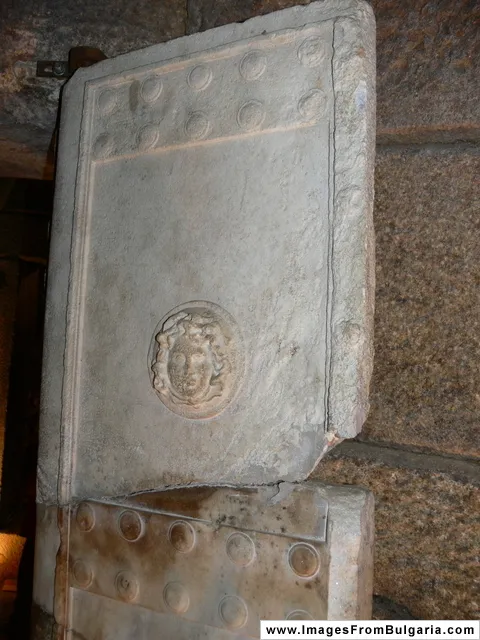
The Bronze Head of Seuthes III
A magnificent bronze head sculpture believed to represent Seuthes III was discovered in the tomb. This sculpture, with alabaster and glass paste eyes and copper eyelashes and eyebrows, has become famous worldwide. It was part of major exhibitions at the J. Paul Getty Museum in Los Angeles and the Louvre in Paris before being returned to the National Institute and Museum of Archaeology in Sofia, Bulgaria.
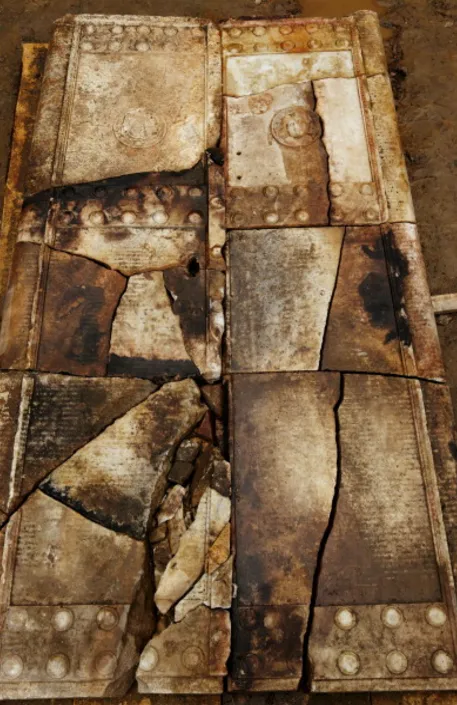
Design and Construction
The tomb, among the largest mounds in Thrace, stands 23 meters high with a diameter of 130 meters. Built within a pre-accumulated mound embankment, a wide alley leads to the impressive façade and entrance. After Seuthes III’s burial, the entrance to the first two rooms was walled up, and the corridor was burned and filled with stones and soil, effectively hiding the façade from view.

Discoveries and Exhibitions
The bronze head of Seuthes III, discovered in 2004 by Bulgarian archaeologist Georgi Kitov, has been celebrated in international exhibitions. The sculpture’s lifelike features, such as the flowing beard, bushy mustache, and curly locks, highlight the advanced artistry of the Hellenistic world. This artifact underscores the cultural interactions between Ancient Thrace and Greece, reflecting the Hellenistic influence on Thracian art.
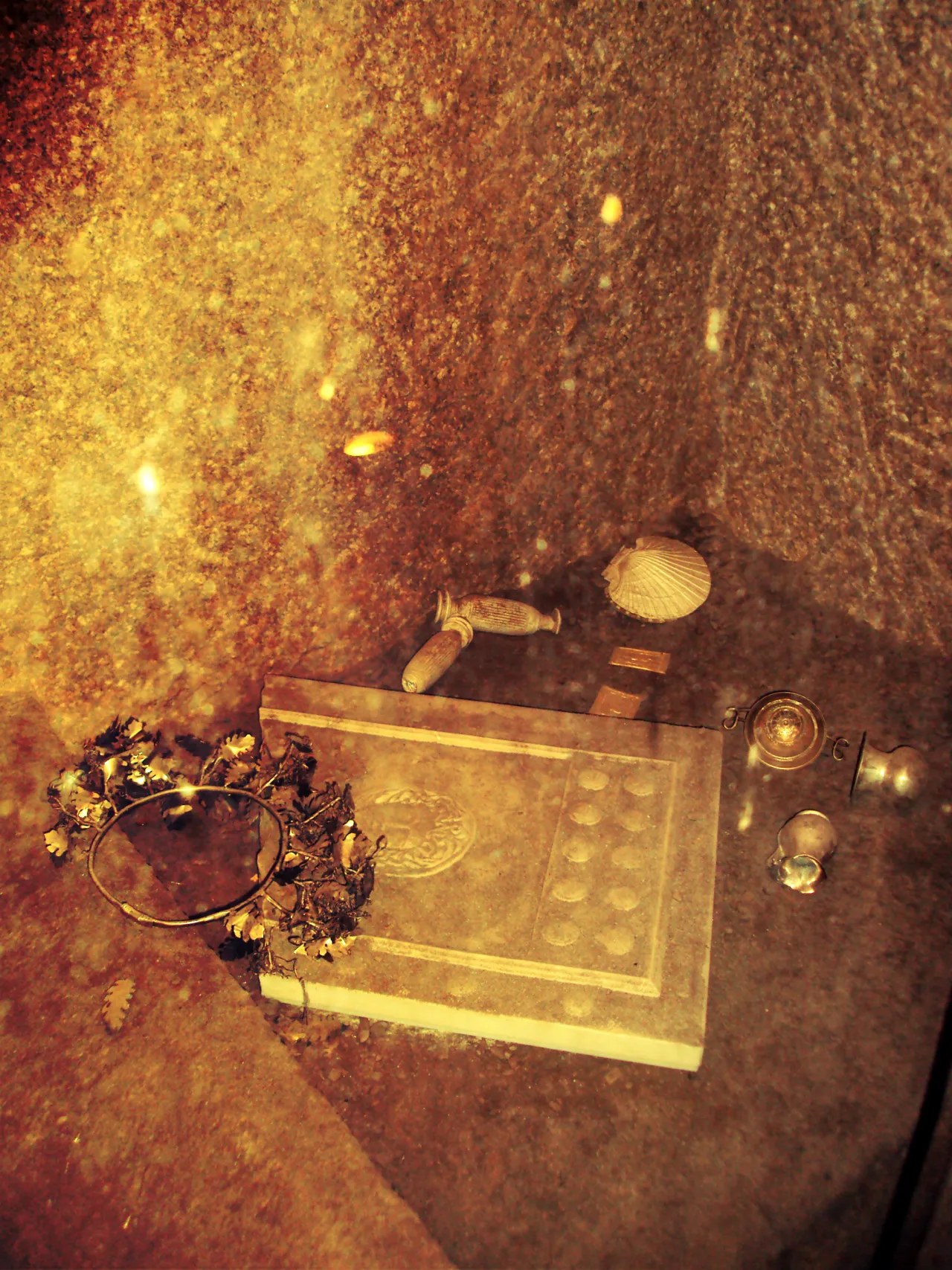
The Legacy of Seuthes III
Seuthes III was a contemporary of Emperor Alexander the Great and ruled the powerful Odrysian Kingdom, the most significant state in Ancient Thrace. His tomb, with its elaborate design and rich artifacts, offers a glimpse into the opulence and sophistication of Thracian culture. The preservation and display of these treasures in museums worldwide help to promote and celebrate the rich heritage of Ancient Thrace.

Conclusion
The Tomb of Seuthes III stands as a monumental testament to the grandeur of Thracian civilization. Its architectural complexity, the wealth of artifacts, and the famous bronze head sculpture of Seuthes III continue to captivate and educate visitors about the rich cultural history of the Thracian rulers.
Sources:


